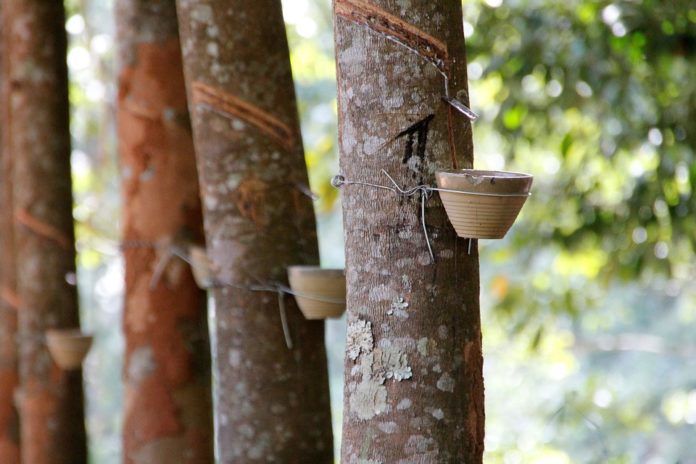Natural rubber is used extensively in many applications and products, either alone or in combination with other materials. In most of its useful forms, it has a large stretch ratio and high resilience and is extremely waterproof.
Due to the presence of a vulcanizing system in rubber mixes, it is difficult to recycle rubber waste or refuse using the general methods used for thermoplastic materials.
The disposal of rubber waste material in the environment has become a serious problem as it causes pollution of rivers and other water bodies besides being a health hazard.
Now, scientists at the IIT Mandi have taken a step forward into breaking down rubber in order to make it environmentally safe. In the process, they have succeeded in identifying the bacteria responsible for the same. The work centered around Xanthomonas bacteria (sp. strain 35Y) – the only known Gram-negative bacteria – used in the process of breaking down natural rubber.
When scientists analyzed the genetic material of the bacteria, they found that the strain 35Y did not belong to the genus Xanthomonas and had a completely different profile.
However, comparison with other bacterial strains from the GenBank database revealed similarities with the bacteria of the genus Steroidobacter within the family Sinobacteraceae in many more ways.
The study suggests that the bacterial strain 35Y is a novel species in the genus Steroidobacter. The scientists have proposed to name it Steroidobacter cummioxidans to show its ability to break down rubber using oxygen.
Dr. Krishnapura Srinivasan said, “All these unwanted consequences of the use of rubber rationalize the necessity for an efficient, economic and eco-friendly process of rubber waste management.”
It was also found that S. cummioxidans strain 35Y had some similarities but also substantial differences with other rubber-degrading Gram-positive counterparts. The most significant difference being that the main transporters for the enzymes causing the breakdown of rubber differ from Gram-positive rubber-degrading species. S. cummioxidans strain 35Y also degrades rubber faster (almost 60 percent within one week) vis-à-vis Gram-positive bacteria. This proves that strain 35Y is one of the relatively faster rubber-degrading microbes in comparison to others.
The study is published in the journal PLOS.
